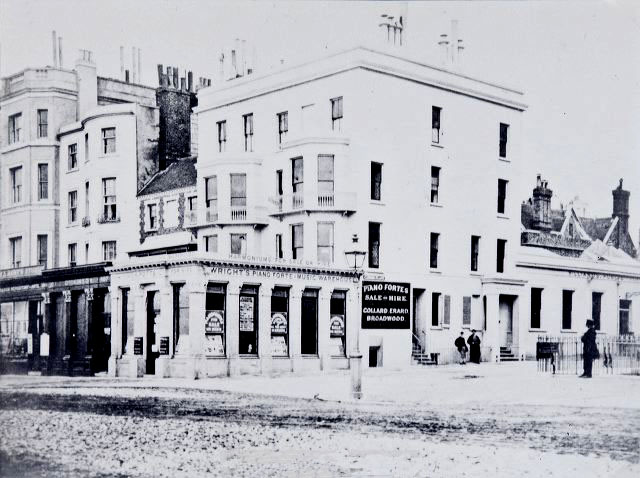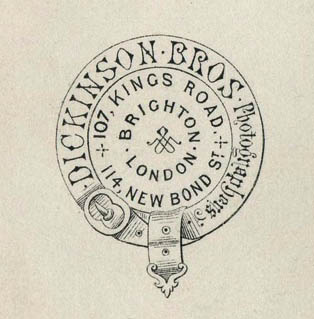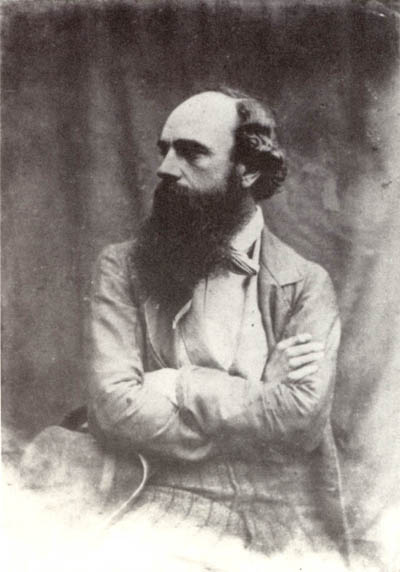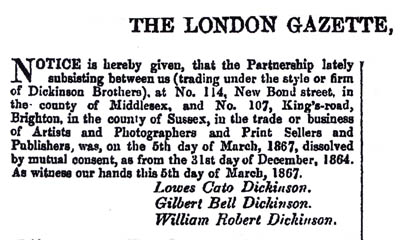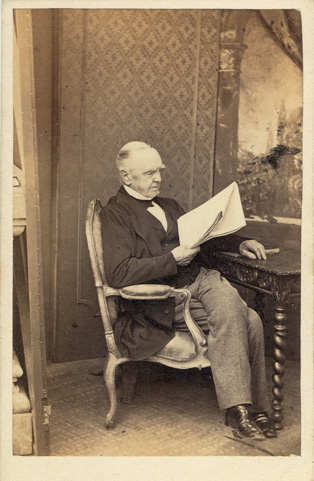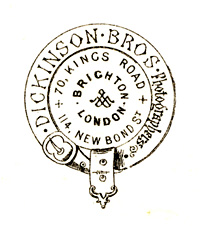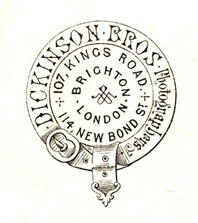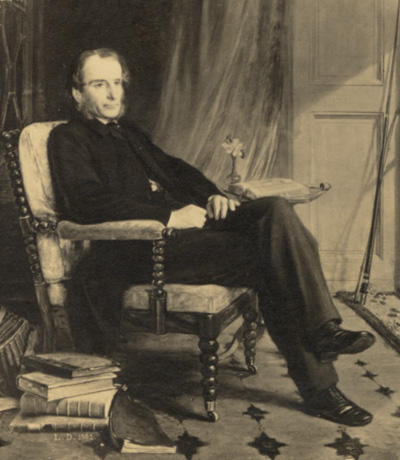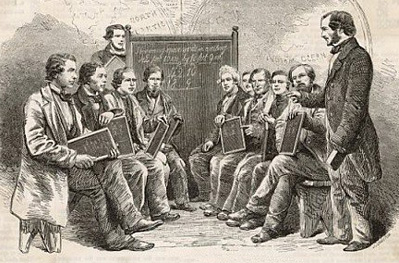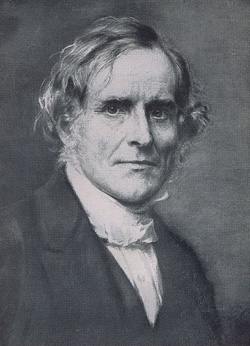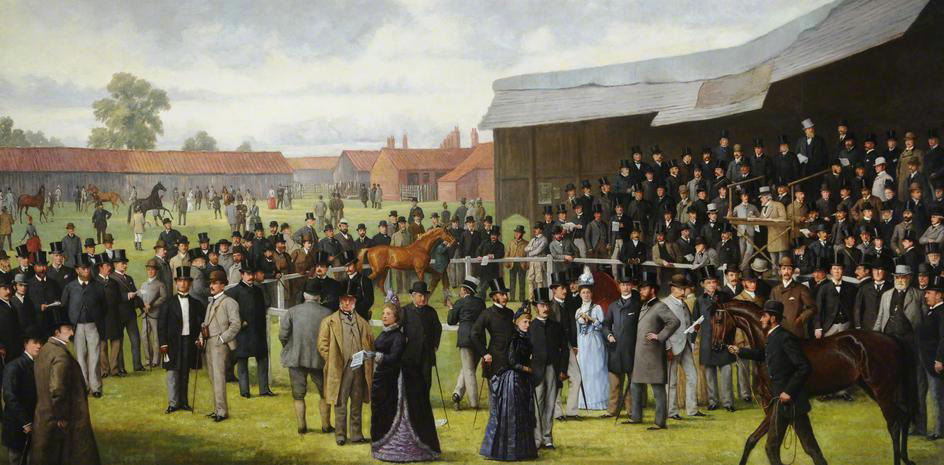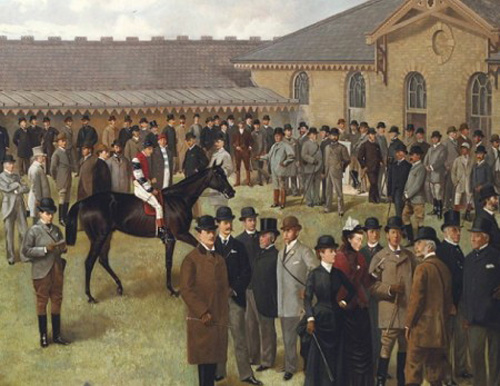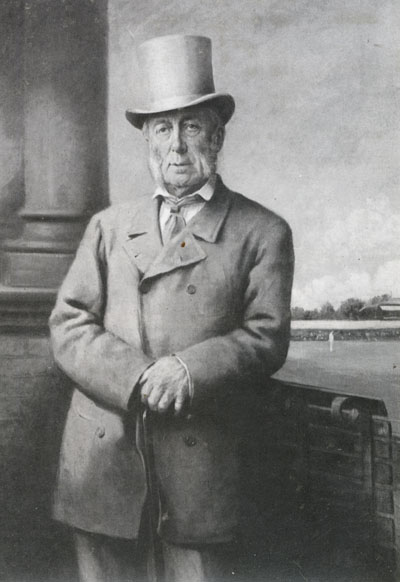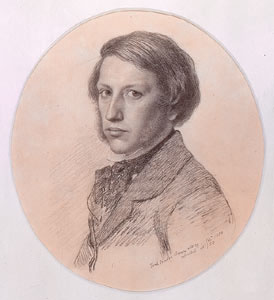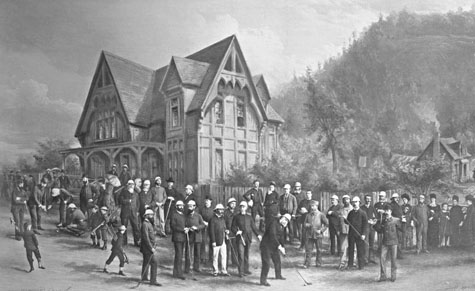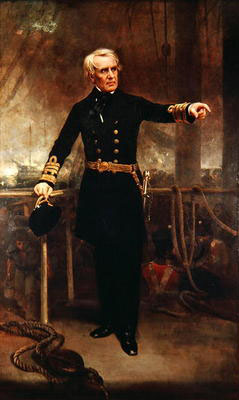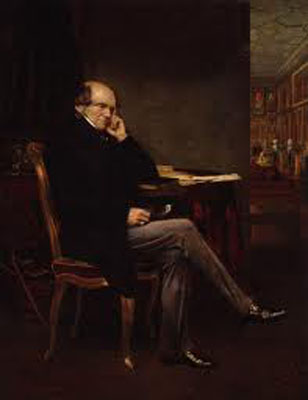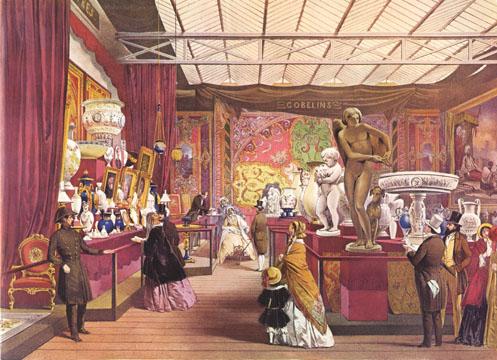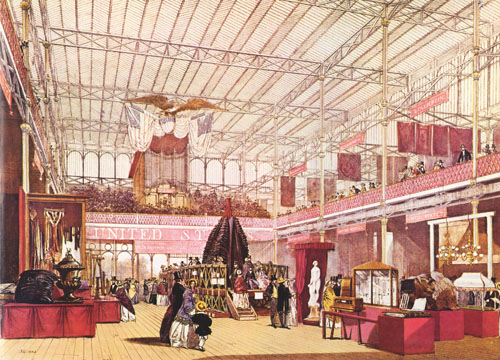| Lowes Cato Dickinson
was born in Kilburn, North London, on 27th November 1819,
the fourth child and second eldest surviving son of Ann Rowden Carter
and Joseph Dickinson, a stationer, print-seller and lithographic
publisher. Lowes Cato Dickinson received his unusual first name
courtesy of his paternal grandmother Mrs Jane Lowes Dickinson.
Lowes Cato Dickinson showed artistic
talent at an early age and when he was in his early twenties he was
producing lithographic portraits for his father's print publishing
business in Old Bond Street, London. (See examples below).
|
Lithographic Portraits by Lowes Cato Dickinson, published by Joseph
Dickinson of 114 Old Bond St, London |
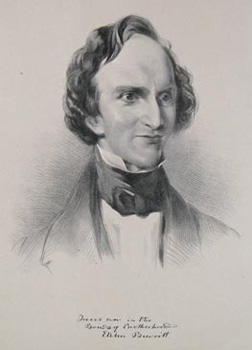 |
 |
 |
|
[ABOVE] Lithographic portrait of the American philanthropist Elihu
Burritt (1810-1879) by Lowes Cato Dickinson (c1848) |
[ABOVE] Lithographic portrait of the singer Sabilla Novello
(1821-1904) by Lowes Cato Dickinson (1841) |
[ABOVE] Lithographic portrait of George Eden, Earl of Auckland
(1784-1849) by Lowes Cato Dickinson (1849) |
Between 1850 and 1853 Lowes Cato
Dickinson studied art in Italy under the patronage of Sir
Robert Michael Laffan (1821-1882), an Irish military officer and
engineer. Returning to England in 1853, Lowes Cato Dickinson took a
studio in Portland Place, London. Whilst working as an artist in
London, Lowes Cato Dickinson made the acquaintance of the artist
Ford Madox Brown (1821-1893), the painter John Everett Millais
(1829-1896), the artist and poet Dante Gabriel Rossetti
(1828-1882), the writer and art critic William Michael Rosetti
(1829-1919) and other members of the Pre-Raphaelite Brotherhood.
On 15th October 1857, Lowes Cato
Dickinson married Margaret Ellen Williams (born 1826, London).
The couple went on to produce a number of children, at least five of whom
reached adulthood - Arthur Lowes Dickinson (born 8th August 1859,
Marylebone, London), Margaret May Dickinson (born 1861, Marylebone,
London), Goldsworthy Lowes Dickinson (born 6th August 1862,
Marylebone, London), Hester Fanny Dickinson (born 1865, Hanwell,
Middlesex) and Janet E. L. Dickinson (born 1866, Marylebone,
London).
At the time of his marriage, Lowes Cato
Dickinson was an established portrait painter. Lowes Dickinson
went on to exhibit over a hundred oil paintings and crayon drawings
at the Royal Academy between 1848 and 1891. When the 1861 census was
taken, Lowes Dickinson was residing with his wife (Margaret) Ellen
and their two young children at
Langham Chambers, Portland Place, St Marylebone, London. On the
census return, Lowes Dickinson is described as a forty-one year old
"Artist & Painter".
|

|
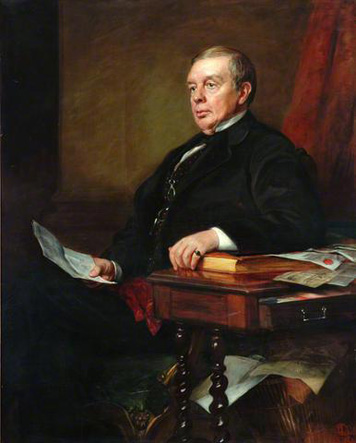 |
|
[ABOVE] A
portrait of The Reverend Joseph Waite (1824-1908), the Vicar of
Norham, Northumberland and former Fellow
of University College, Durham, painted
by Lowes Cato Dickinson in 1874. |
[ABOVE] A
portrait of George Leeman (1809-1882), lawyer,
railway company chairman, Liberal MP and Lord Mayor of York, painted
by Lowes Cato Dickinson
|
|
[Durham
University] |
[National Railway Museum] |
In 1864,
Lowes Dickinson, together with his wife
Margaret Ellen and their three children, Arthur, Margaret and Goldsworthy,
moved to the west London district of Hanwell in Middlesex.
Hanwell was located in a rural area, and according to a contemporary
description was set in "beautiful and picturesque scenery", yet it
had its own railway station and was situated less than 8 miles west of
Paddington. Lowes Dickinson resided with his family at Spring
Cottage, Hanwell. A daughter, Hester Fanny Dickinson, was born
in Hanwell during the first quarter of 1865. When the census was taken six
years later on 2nd April 1871, Lowes Dickinson and his wife
Margaret were residing at Spring Cottage, Hanwell with their
five surviving children - Arthur (aged 11), Margaret May
(aged 10), Goldsworthy (aged 8), Hester (aged 6) and
Janet Dickinson (aged 4). On the census return Lowes Cato Dickinson
is recorded as a fifty-one year old "Artist & Portrait Painter".
In 1879,
Lowes Dickinson and his family moved
into a newly-built house at No. 1, All Souls Place, Langham Place,
Hanwell. When the census was carried out on 3rd April 1881, Lowes
Cato Dickinson, described as a sixty-one year old "Artist-Painter"
was up in Scotland, visiting the family of Archibald Campbell, a steel
manufacturer of Barony, Lanark. At the time of the 1881 census, the
artist's spouse, fifty-four year old Mrs 'Millie' Dickinson,
described on the return as a "Portrait Painter's Wife", was recorded at 1,
All Saints Place, Hanwell, with her three daughters. Both of Lowes
Dickinson's sons were living away from home - Arthur Lowes Dickinson
was an undergraduate studying Mathematics at King's College, Cambridge,
and eighteen year old Goldsworthy Lowes Dickinson was boarding at
Charterhouse School in Godalming, Surrey.
|
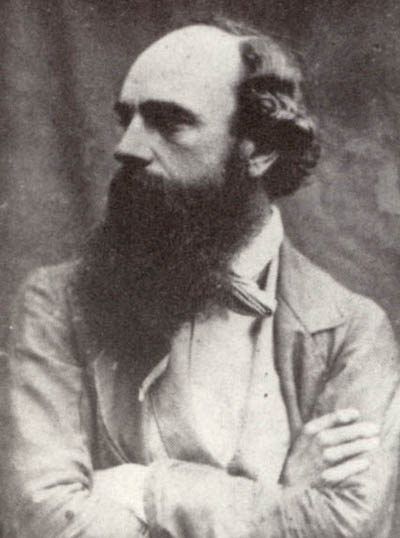
[ABOVE] A
portrait of the artist and painter Lowes Cato Dickinson (1819-1908),
a calotype photograph (Talbotype) taken around 1853 when the artist was in
his early thirties.

|
[ABOVE] The Three Founders of the I Zingari ("The
Gypsies") Cricket Club by Lowes Cato Dickinson (1819-1908).
Standing on the left of the picture is Sir Spencer Ponsonby-Fane
(1824-1915). Seated in the middle of the trio is John Loraine
Baldwin (1809-1896). The bearded figure on the right is probably
Richard Penruddocke Long (1825-1875). This group portrait was
probably based on studio photographs. |

[ABOVE] Lowes Cato Dickinson (1819-1908), photographed around
1903 by Frederick Hollyer (1838-1933). This photograph shows
Lowes Dickinson when he was in his early eighties and was published in
1904. Lowes Dickinson died on 15th December 1908 at the age of 89. |
